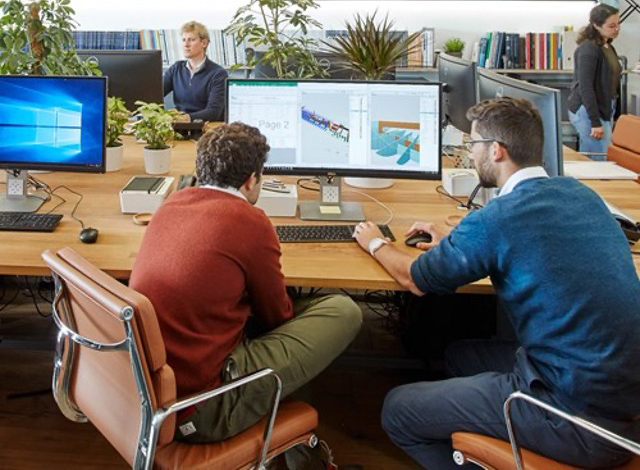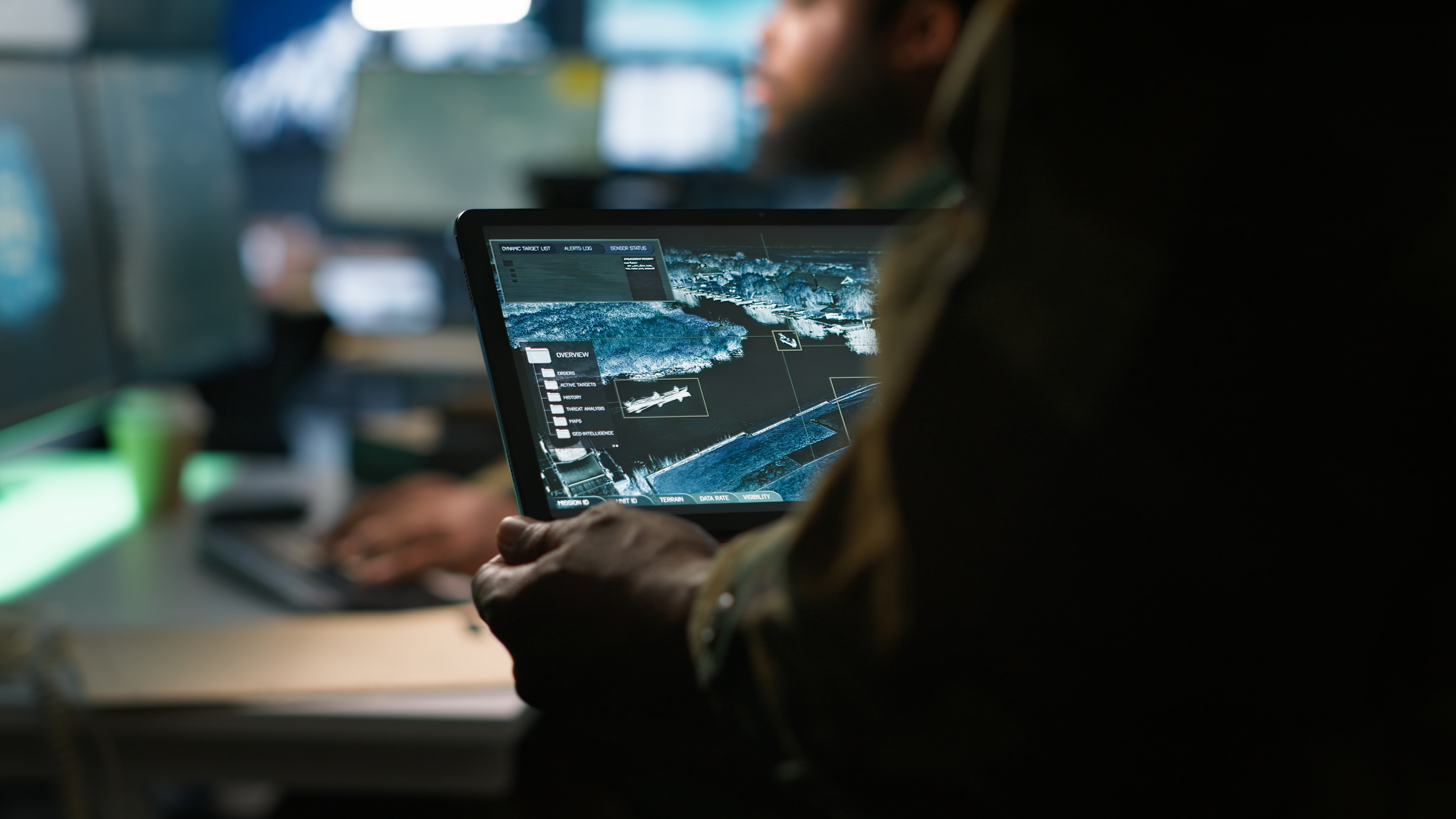
Mission and Combat Systems Engineer
Welcome, young systems enthusiasts!
Combat Systems: These are integrated systems designed to perform specific military functions, such as targeting, navigation, and communication.

Mission Systems: These systems support broader operational goals, including logistics, surveillance, and reconnaissance.

A Naval warship or submarine’s Mission System is formed of many individual equipments which contribute to the warship or submarine’s ability to fight – through sensing, detecting, identifying and if necessary, neutralising targets. Examples include radars, sonars, weapons, communications, geospatial, temporal referencing and information equipment as well as the networks which connect the equipment together. The final critical component is the Naval personnel who operate and maintain these equipment, bringing them all together to form a Naval Mission System as a whole.
Mission System engineers are involved with all aspects of Mission System equipment throughout their life, from the first concept through to the disposal of equipment at the end of its life. Mission Systems engineers are also involved in ensuring Mission System equipment is safe to operate, secure from threats and performing to the required standard at all times. To achieve all of these activities, Mission Systems engineers work closely in teams containing professionals with other skills such as project managers, commercial and finance officers, logisticians and supply change managers, ensuring Mission Systems are delivered to time, cost and performance.


What does a BMT Mission and Combat Systems Engineer do?
Mission and Combat Systems Engineers at BMT undertake a range of tasks which include helping Navies to procure Mission System equipment, designing and building = new Mission System hardware and software components and test and validate that they function correctly.
Engineers also support Mission System equipment through life, making changes to improve the performance, delivering software updates or replacing old obsolete hardware components.

Naval Architecture and Engineering are broad subjects requiring lots of skills.
Entering a career in Mission and Combat Systems Engineering involves a combination of education, skill development, and professional experience. Here’s a step-by-step guide on how to pursue a career in Mission and Combat Systems Engineering globally:
Degree route
Attend: Sixth form or college
Qualification:
Subjects: Any STEM subjects
Attend: University
Qualification: BEng/MEng in a STEM subject (e.g. Aerospace, Mechanical, Electrical Engineering, Physics, Mathematics etc.)
Apply to BMT in your final year of university
Attend: BMT
Role: Graduate Mission and Complex Systems Engineer
Experience:
Attend: BMT
Role: Mission and Complex Systems Engineer
Experience: Begin to specialise
* These timelines are indicative to give you an idea of the sort of path you might wish to take. There is some room for flexibility based on your academic aspirations.
Apprenticeship route
Attend:
Qualification: Level 3 Engineering Diploma
Subjects: Engineering related units/subjects
Attend: BMT
Role: Mission and Complex Systems Engineer Apprentice
Qualification: Level 4 - HNC
Study: Engineering related units/subjects
Attend: BMT
Role: Mission and Complex Systems Engineer Apprentice
Qualification: Level 5 - HND
Study: Engineering related units/subjects
Attend:
Role: Mission and Complex Systems Engineer Apprentice
Qualification: Part time degree
Study: Any course that’s applicable to work at BMT.
Attend: BMT
Role: Mission and Complex Systems Engineer
Experience: Choose a team and start developing your specialism.

Alex is a Combat Systems Engineer with over 10 years' experience in the Naval sector. Alex is passionate about providing opportunities to young people to get involved in science and engineering, and as an Early Career’s lead is responsible for developing BMT’s Combat System Apprentices and Graduates.
What do you do?
As part of BMT’s Mission and Complex System capability I provide engineering consultancy services to the Ministry of Defence. I work predominantly in the Naval sector delivering projects to the Royal Navy. These have ranged from designing and installing new computer systems on Royal Navy ships to procuring support services for existing Combat System equipment.
How did you get there?
My interest in Physics led to me completing a General Engineering degree at Durham University. During my studies I completed a Year in Industry and summer placements with the defence company QinetiQ, confirming engineering as the career path for me.
Who inspired, helped and supported you?
My Grandad was an Electronics Engineer and lecturer and inspired me to consider a career in Engineering.
What do you enjoy about your role?
Working with a diverse range of people from the Military, Civil Service and Industry, who all bring varying skill sets, and which come together to successfully delivery projects.
Has your role provided you with any exciting opportunities?
I have been fortunate to visit many factories, test facilities and Royal Navy ships, including delivering a presentation in the hanger of Aircraft Carrier HMS Prince of Wales.

"I have been fortunate to visit many factories, test facilities and Royal Navy ships, including delivering a presentation in the hanger of Aircraft Carrier HMS Prince of Wales."